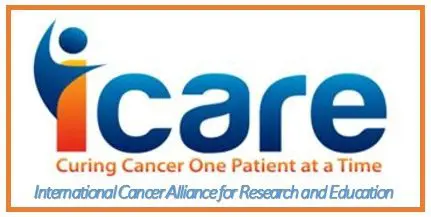
Timeframe: 2010 – 2011
Goals: Research coordination and molecular analysis for FLC
Principal Investigators: W. David Hankins, MD
Study overview: In addition to coordinating ICARE’s fibrolamellar exploration efforts (described separately) during FCF’s one-year partnership with ICARE, Dr. Hankins’ lab received a “Freedom of Pursuit” unrestricted grant, intended to fund bioinformatics and molecular (DNA, RNA and Protein) analyses of fibrolamellar tissue. Planned efforts included locating FLC cells within a particular lineage or developmental pathway from liver stem cells (pathways that produce various mature liver cells such as epithelial, stromal, stellate, etc.). The ultimate goal of their effort was to discover new, lineage specific targets which could be exploited to kill or eradicate the fibrolamellar tumors.
Results: Several cellular and molecular mapping strategies were launched, including the analysis of cytokine, growth factor or hormone receptors, and ligands expressed by fibrolamellar. Limited documentation of those results was received. More detailed and useful work on the potential lineage of FLC was completed by the Reid lab at the University of North Carolina.
However, Dr. Hankins identified and evaluated the development of potential new therapeutic options in other labs/institutions that he felt could be useful for doctors treating FLC patients. Those potential approaches included:
- Exploration of 3-Bromopyruvate as a treatment of tumors through exploitation of a common property of cancer cells called the Warburg effect. This therapeutic approach began with the publication by Dr. Young Ko and Peter Pedersen of John Hopkins of promising results in mice in 2004 and subsequent studies in Europe. However the compound has not yet reached clinical trials.
- Exploration of potential applicability to FLC of the invention of nanotechnology particles (by the lab of Dr. Mark Davis of Caltech) that can specifically target and deliver a “killer gene” cancer cells.
- Analysis of the use of an intensive regimen of certain lipids, exercise, and other compounds to bring about the death of cancer cells, which unlike normal cells, are extremely susceptible to the high levels of unsaturated fatty acids generated by this therapy.
Note: This study was one of four “Freedom of Pursuit” research awards to be distributed under the joint FCF/ICARE program active in 2010/2011. The use of those funds was unrestricted. The FCF/ICARE relationship was discontinued in late 2011.
Since the joint FCF/ICARE relationship ended, no FCF grants have been issued which were unrestricted in their use.
